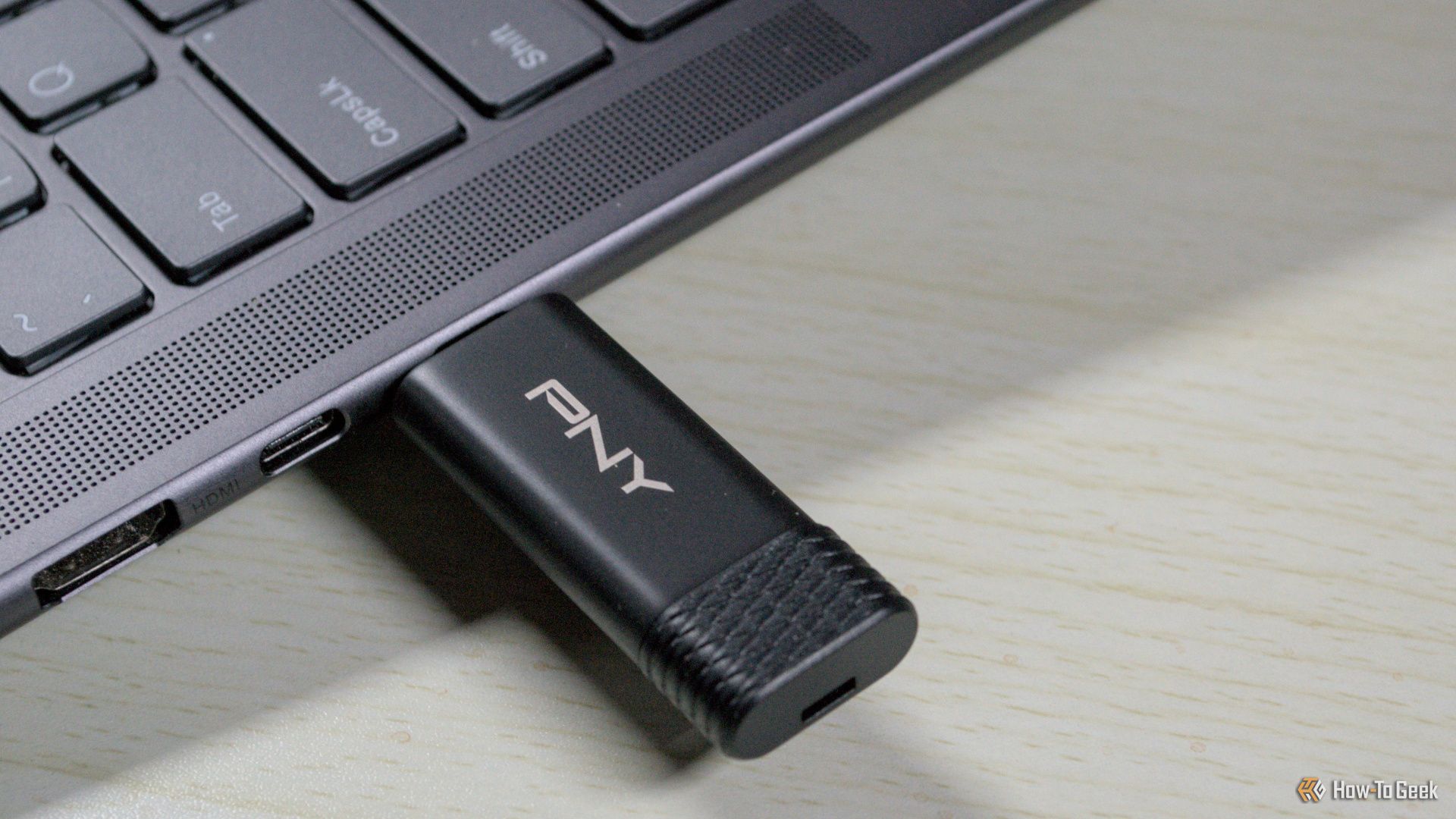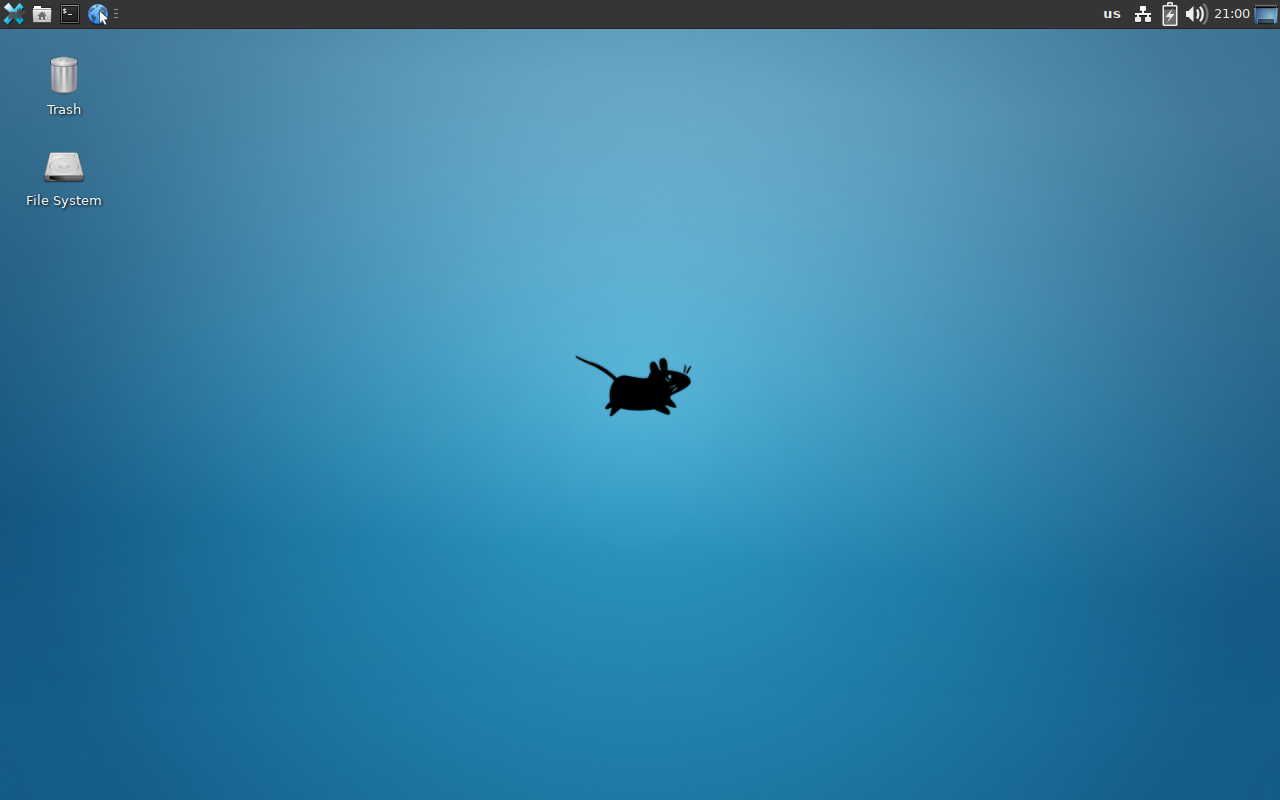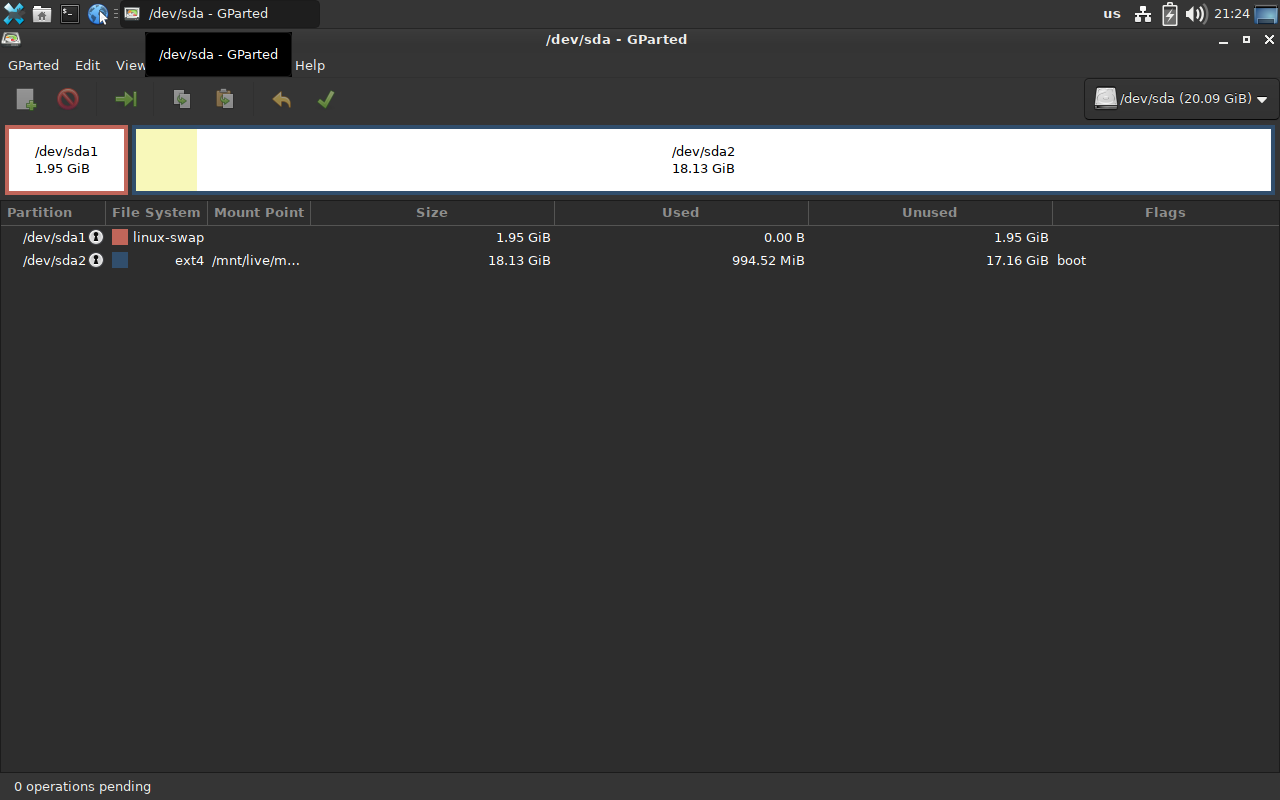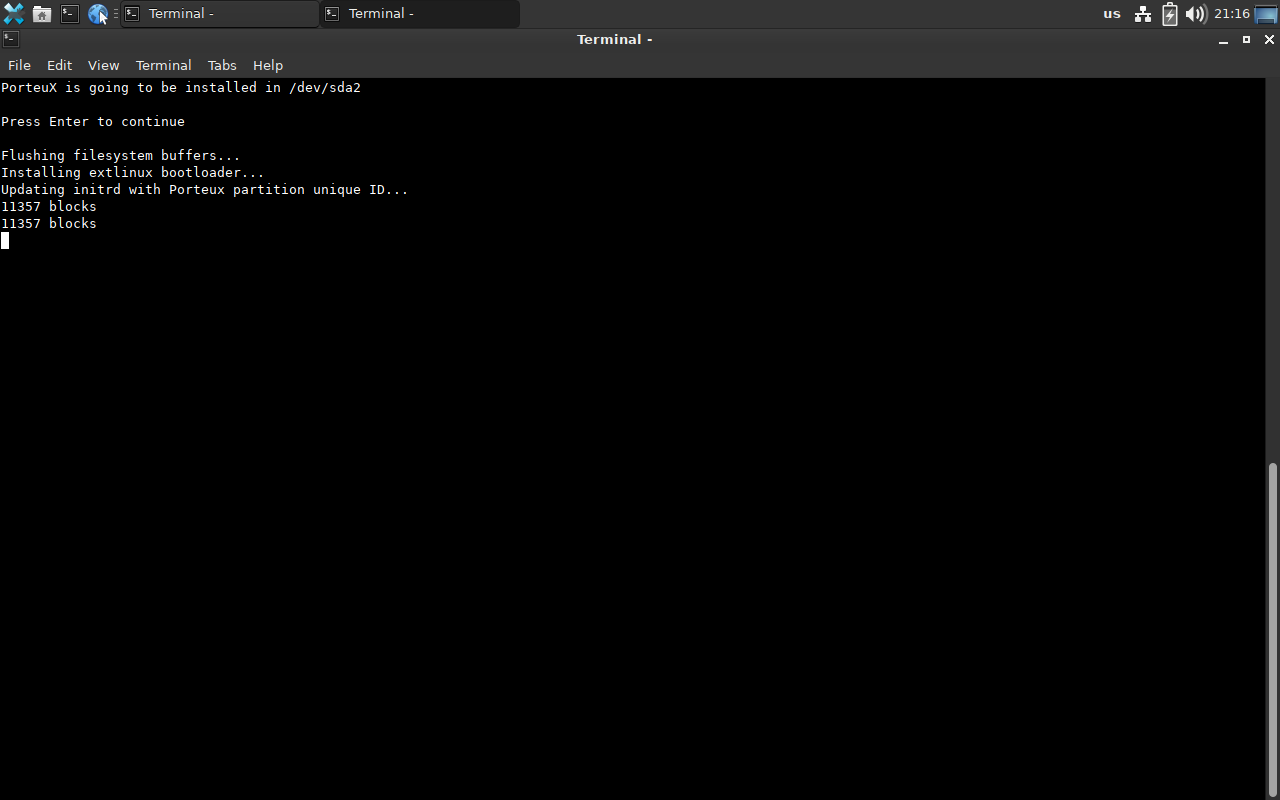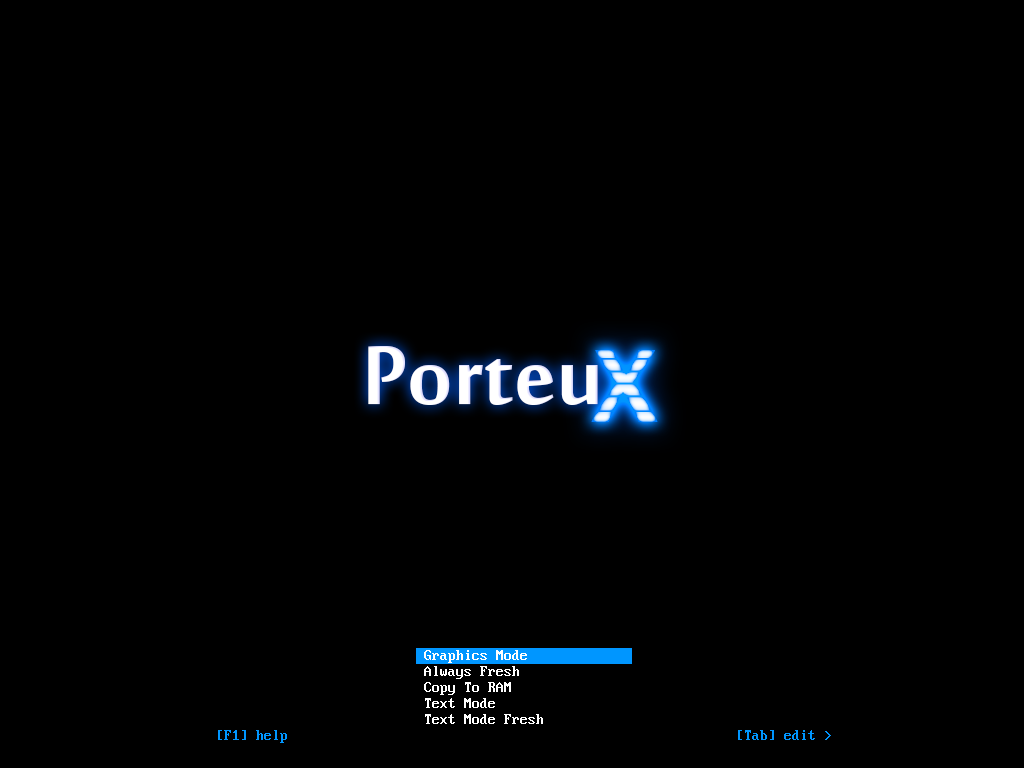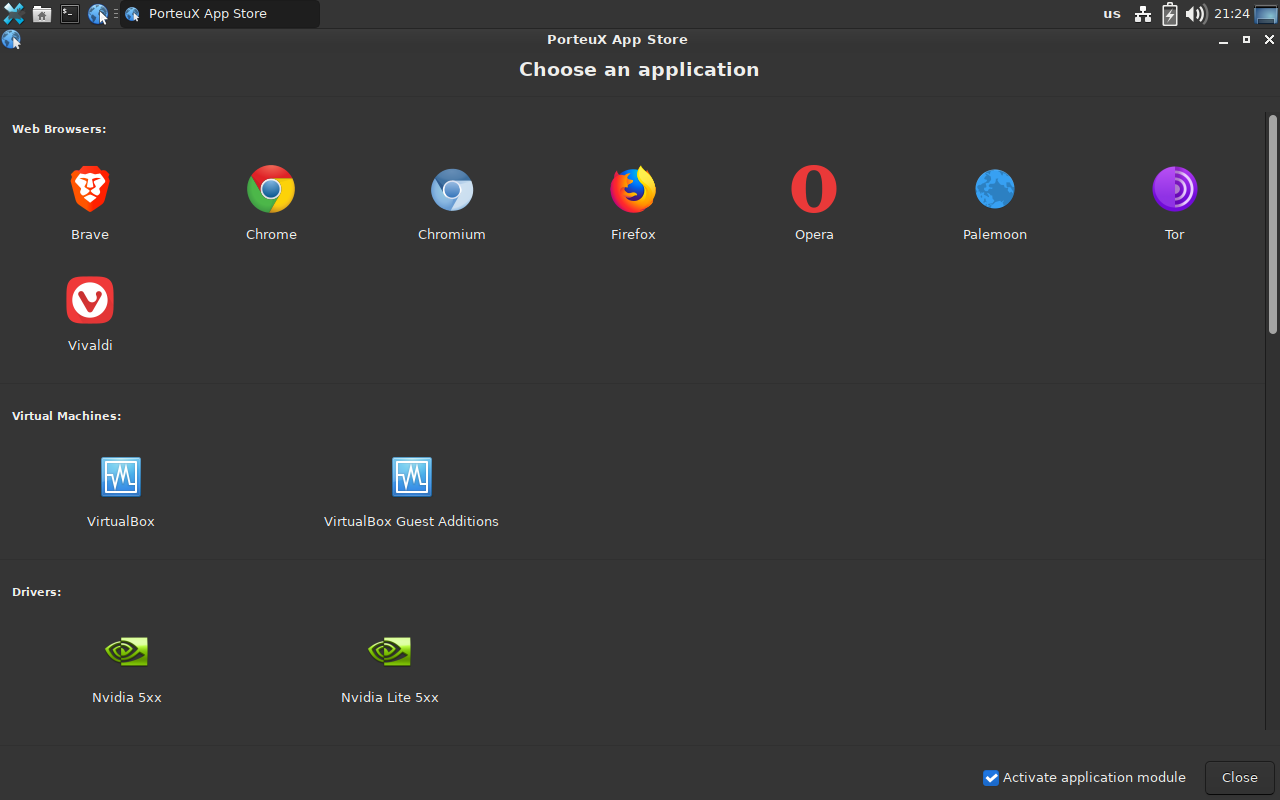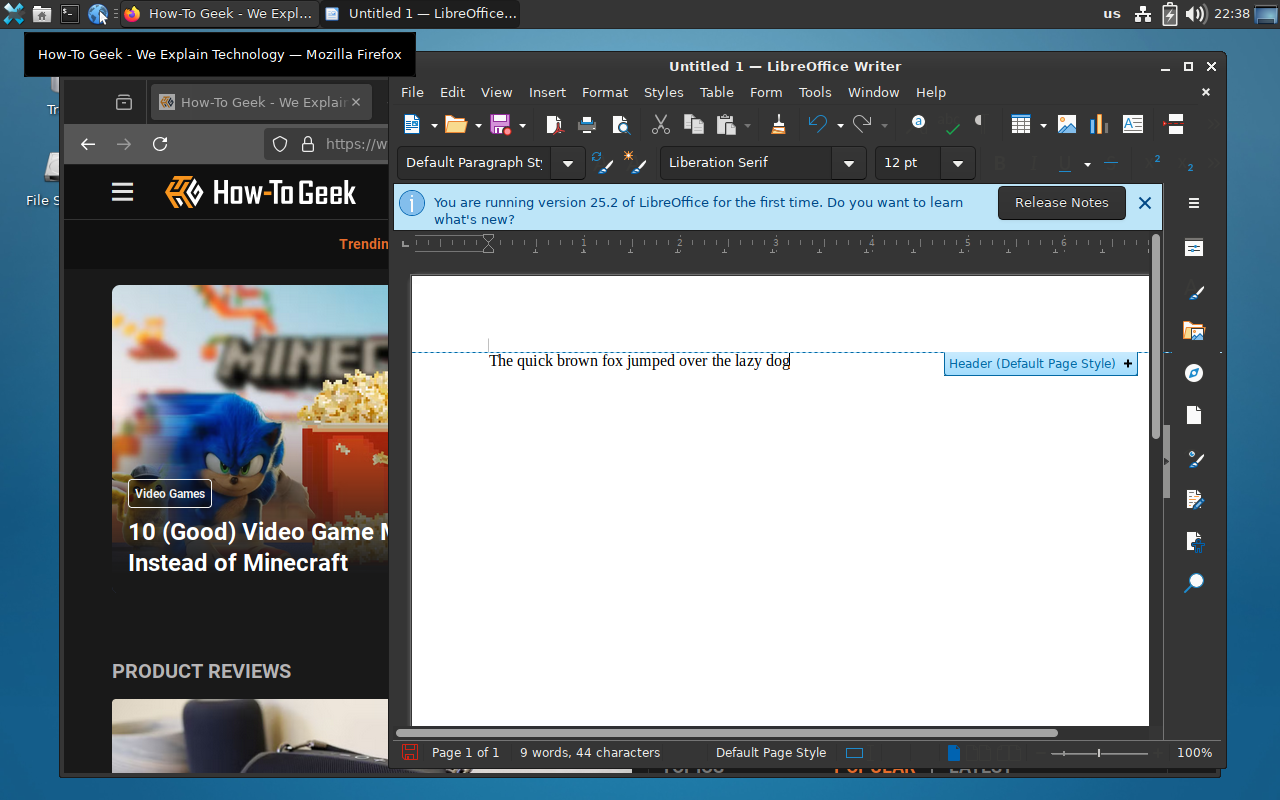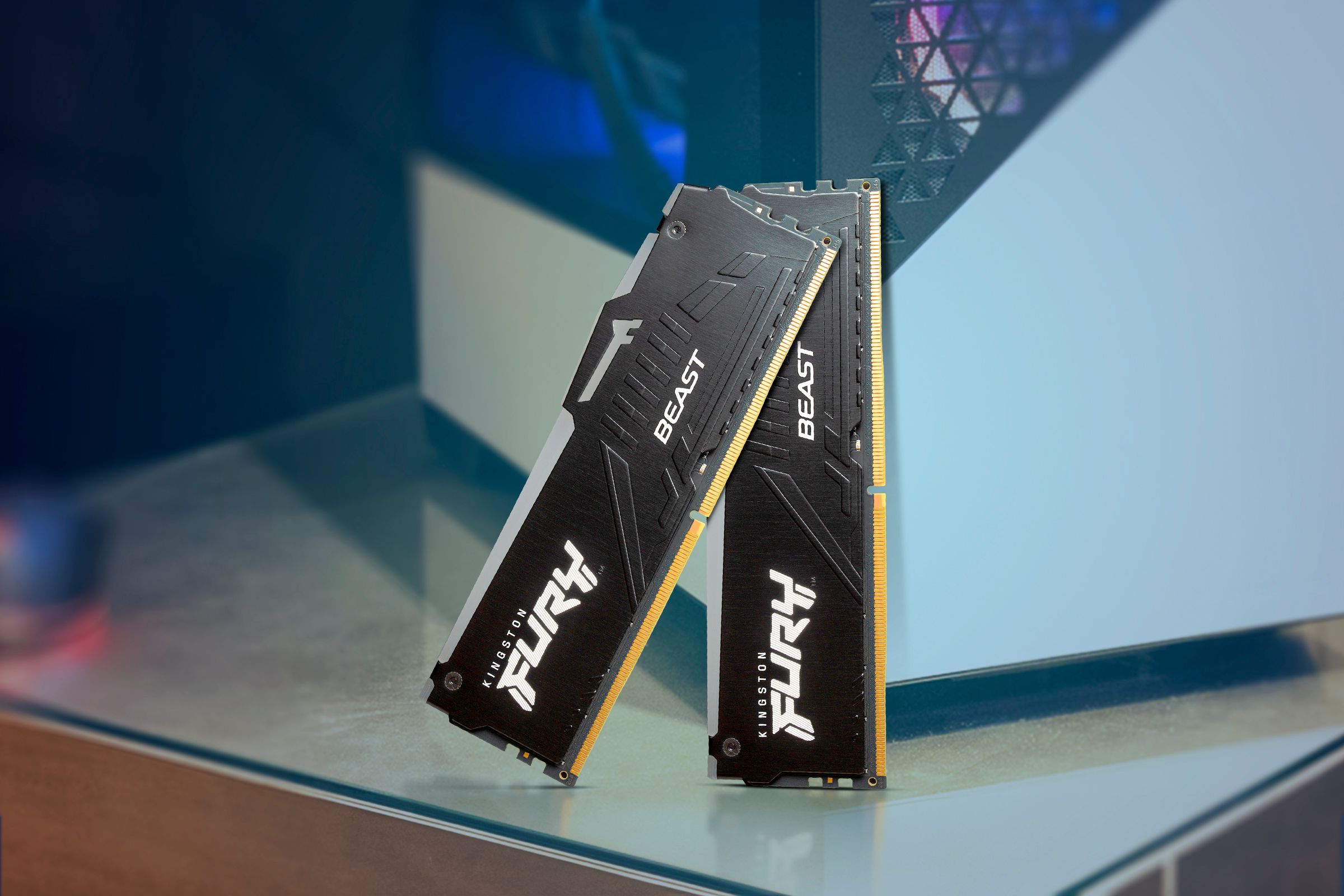Meet PorteuX, the Slackware-Based Lightweight Live Linux Distro
Summary
- PorteuX is a live distro based on Slackware, designed with lightweight images and modular software installation options.
- Installing PorteuX is easy by extracting the ISO image onto media. It can also be installed on a hard drive with GParted.
- PorteuX offers different desktop environments, some pre-installed tools, and an App Store for installing additional software.
It seems like no matter what happens, the Linux community comes out with new live distros. PorteuX is one of them. I decided to give it a try to see how well it would work.
What Is PorteuX?
PorteuX is a distro based on Slackware that’s geared for use as a live distro. You would either burn it to a disc or more likely a USB stick.
The distro was inspired by two earlier Slackware-based live distros, Slax and Porteus. When those other two projects fell by the wayside, PorteuX stepped up to provide a successor lightweight distro.
What Makes PorteuX Different?
Some things make PorteuX stand out from other Linux distros.
PorteuX, as mentioned earlier, is geared for use as a live system. This means that instead of a conventional installation on a hard drive, you would boot it up from the media it came on. This could be a burned CD or DVD, but live USB installations have largely taken their place as most new machines come without optical drives. I think I still have a spindle of CD-Rs from the 2000s somewhere in my home.
Because the system has to fit on bootable media, the images tend to be lightweight. Even though USB drives are cheaper and have bigger capacities, you don’t want to devote too much space to your operating system instead of your files.
Similarly, the system design is modular. Software programs are installed as “modules” that are independent from each other.
Combining this with the lightweight nature of the distro, web browsers and other tools aren’t installed by default. You choose the programs you want from an app store and then download and install them.
The system is also based on Slackware, one of the oldest distros still actively developed. Slackware made its debut over 30 years ago and was initially one of the most popular distros. Slackware has a reputation as a technical distro that is also minimalistic. Some design choices seem eccentric, such as using the LILO bootloader while most other distros have moved on to GRUB.

Related
5 of the Most Unconventional Linux Distributions
A Linux distribution comes in all shapes and sizes.
Installing PorteuX
Since PorteuX is a live distro, there’s no need to “install” it conventionally. You would just extract the contents of the ISO image to your media and boot it. You may have to disable secure boot on most modern machines that use UEFI firmware. If you’re running a virtual machine such as VirtualBox, this is unnecessary since most virtual machines use BIOS to boot instead.
You can still install PorteuX to a hard drive if you want. First, you have to have a properly formatted partition. PorteuX has GParted installed by default. I used it to create a swap and an ext4 partition.
To install PorteuX, you copy over the files from the boot media onto the partition, and then you run an installation script. When you reboot, you’ll have PorteuX running off the hard drive or SSD.
What’s It Like to Use Porteux?
You have several choices of desktop environments for PorteuX from the download page. I chose the Xfce version because it’s my favorite desktop environment for Linux. It’s attractive yet lightweight.
You can choose different options in the boot menu by pressing the Esc key. “Copy to memory” will copy the system into the RAM. You’ll get faster performance on usage rather than using the media, at the expense of a slower boot time.
On first boot, it looks very familiar. That’s part of the reason I picked Xfce. It’s almost reassuring how few surprises I found.
The system came up quickly when I booted it.
True to its aim to be a lightweight system, PorteuX comes with the desktop and not much else. You don’t even have a browser installed, as I mentioned earlier.
Fortunately, you do have access to the “App Store” to install any apps you want. The icon is a globe that is normally used for web browsers. This makes sense, since that will likely be the first thing many users will want to install.
You have several choices of browsers, including Firefox and Chromium, as well as Brave.
To install a browser, as well as any other apps, you need to have some persistent form of storage. This is why it’s best to run this off a USB drive. The developers recommend not using it with tools to run multiple ISO from a USB stick for this reason, as they’re typically read-only when running the system.
The system comes with two default accounts, guest and root. You boot into the latter from the live media. When you open a shell, you run as a regular user, as indicated by having a “$” prompt instead of a “#” prompt for root. When you need to run an administrative command, you use sudo. On PorteuX, the default password for root is “toor,” root spelled backwards. If you’re using it regularly, you’ll want to at least change the password to something else with passwd:
passwd rootBetter yet, make your own account.
As for other software, I felt installing productivity software would make it a more complete desktop system. Again, you have a choice of programs from the App Store. LibreOffice seemed like the best choice. The real lightweight options would have been AbiWord for word processing or Gnumeric for spreadsheets, but these curiously weren’t available.
Firefox and LibreOffice could hardly qualify as “lightweight.” Minimalistic browsers seem to be a thing of the past on the modern web. This has nothing to do with PorteuX, but modern web pages demand more performance, whether it’s justified or not. The same goes for productivity software. Still, these programs performed well and installed properly.
PorteuX Can Be Light and Fun
Despite its parent distro being known for some antiquated choices, such as using the LILO bootloader, PorteuX feels modern. There’s a certain charm in using lightweight distros.
The App Store is a nice touch. It was surprisingly easy to install a web browser in PorteuX. Once Firefox was installed, it could work as usual.
The app selection also seems geared toward mainstream users, especially gamers. There are Nvidia drivers for download, and also Steam. This might appeal to gamers who have become accustomed to Linux on the Steam Deck. I wonder if the success of that machine will cause gamers to take a look at what they’re running on their main rigs. I thought that the Year of the Linux Desktop would never come for gaming, but the greater availability of gaming software on Linux makes me wonder if my prediction would have failed.
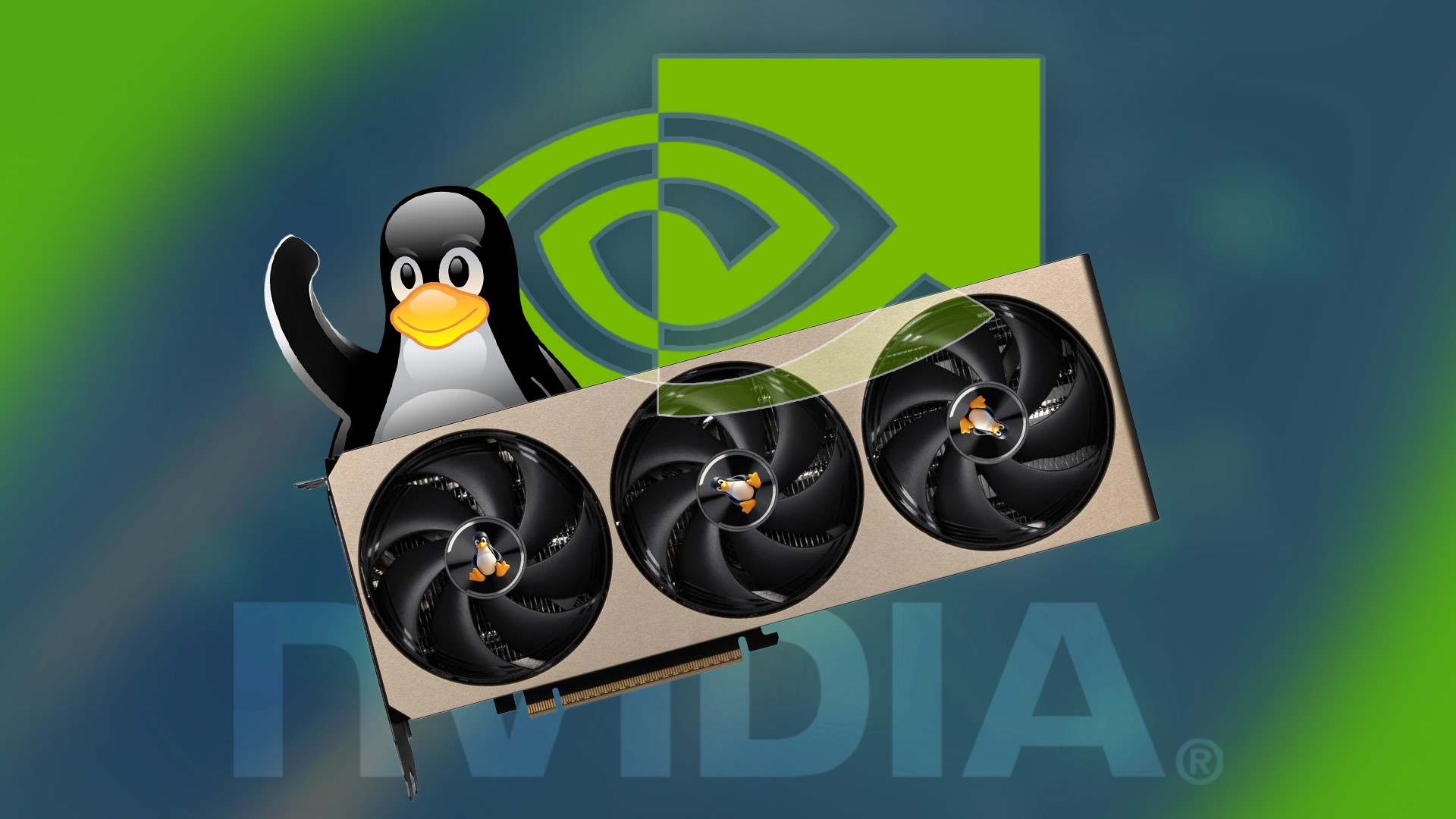
Related
Nvidia Drivers on Linux: What You Need to Know
Nvidia is known for being somewhat tricky on Linux, but is that reputation earned or exaggerated?
I’m surprised at how generally pleasant that PorteuX is to use. This is something I could easily imagine using regularly, even if it wasn’t a daily driver. The live focus would make it especially useful to have around. I have a soft spot for lightweight distros. And that goes double for ones focused on live use. As with a lot of users, my first contact with Linux was in the live form as Knoppix. It’s a fun excuse to keep a spare Linux live USB drive around.
One thing I would like to see would be a real website for the project and not just a GitHub page. People might be more inclined to download from a dedicated homepage.
Should You Use PorteuX?
If you like lightweight distros, you’ll probably enjoy using PorteuX. If you really like lightweight distros, the standard Slackware installation might suit you, if you can put up with its quirks. Using PorteuX, and even installing it, is several orders of magnitude easier than installing Slackware.
If you prefer something more secure out of the box, you would probably be better off looking elsewhere for a more conventional Linux installation. PorteuX could still be useful for testing machines or rescuing them when the installed OS fails to boot.










